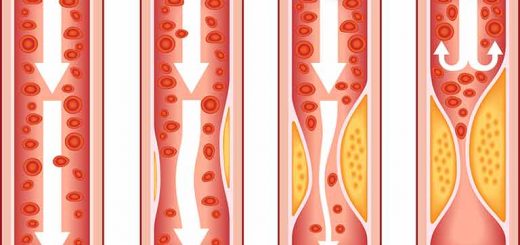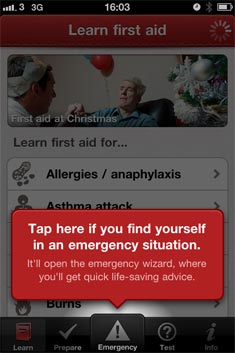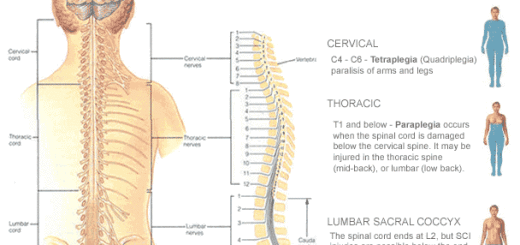How to Recognize a Stroke
The signs of a stroke are often subtle and easily missed. For example, the victim suddenly finds that his face, arm or leg is limp or numb, often on the same side of the body. Sometimes the victim can suddenly become confused or find it difficult to speak and follow a conversation.
Other victims have trouble seeing, are unable to walk, feel dizzy or are unable to keep their balance. Other signs are a sudden headache and/or vertigo.
If you suspect a person is having a stroke you should systematically check whether he is able to perform the following actions without problem:
1. Ask the victim to laugh or show you his teeth. Look to see if his mouth is crooked or the corner of his mouth has dropped.
2. Ask the victim to close his eyes, lift both arms to horizontal at the same time, and turn the palms of his hand upwards. Look to see if an arm drops or drifts.
3. Ask the victim to repeat a simple sentence. See if he is not speaking clearly or is fumbling for words.
If the person is unable to perform one or more of these actions he has probably had a stroke.
First Aid Treatment for a Stroke
Do not underestimate the situation even if the victim denies that there is anything seriously wrong. The victim is urgently in need of help. Note down the time the symptoms started and handover this information to the emergency services when they arrive.
1. Ask a bystander to alert the emergency services immediately. If you are alone with the victim do this yourself.
2. Get the victim to rest and not to exert himself. Get the victim into a comfortable position (e.g. sitting or half sitting).
3. Regularly check that the victim is conscious and breathing properly.





